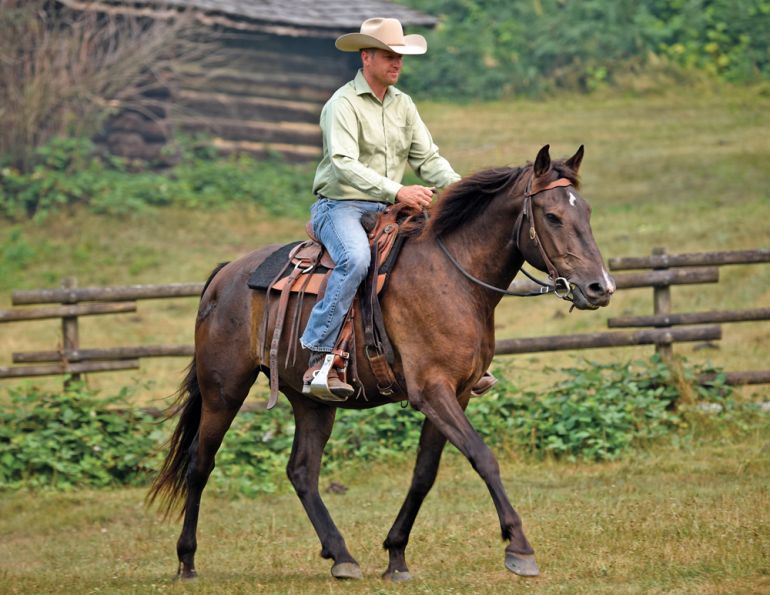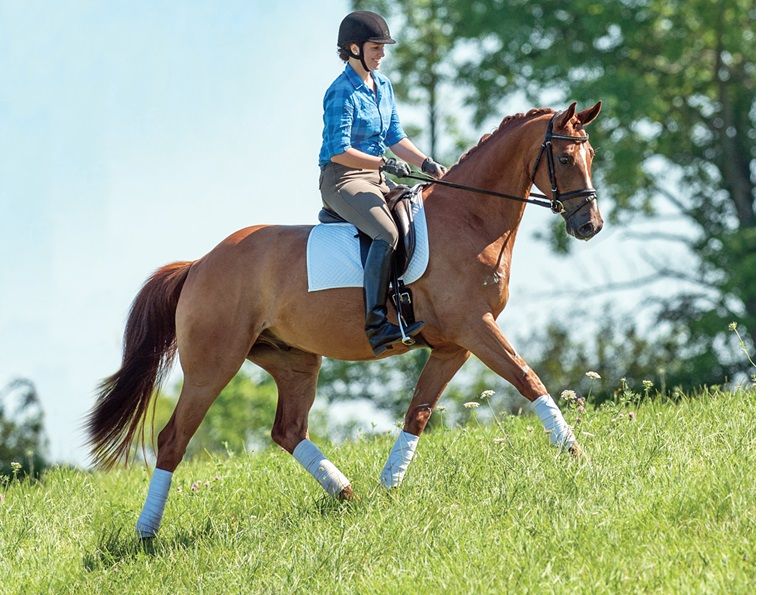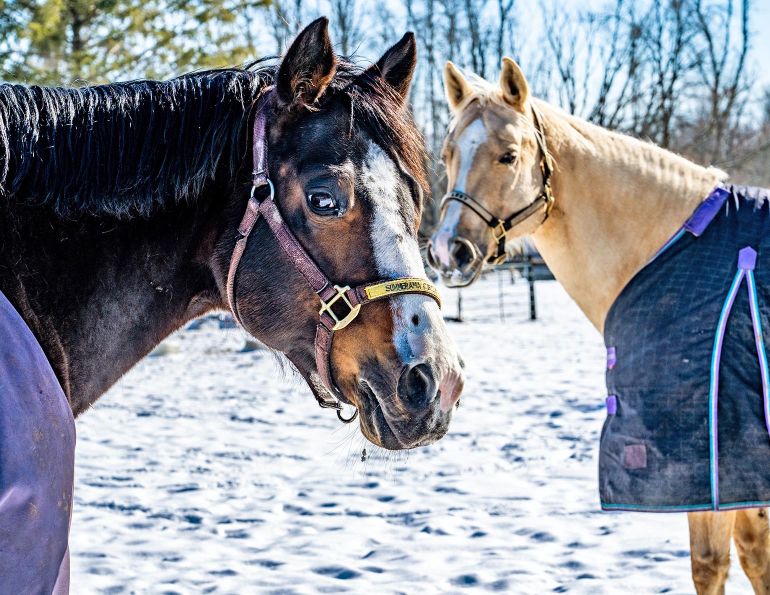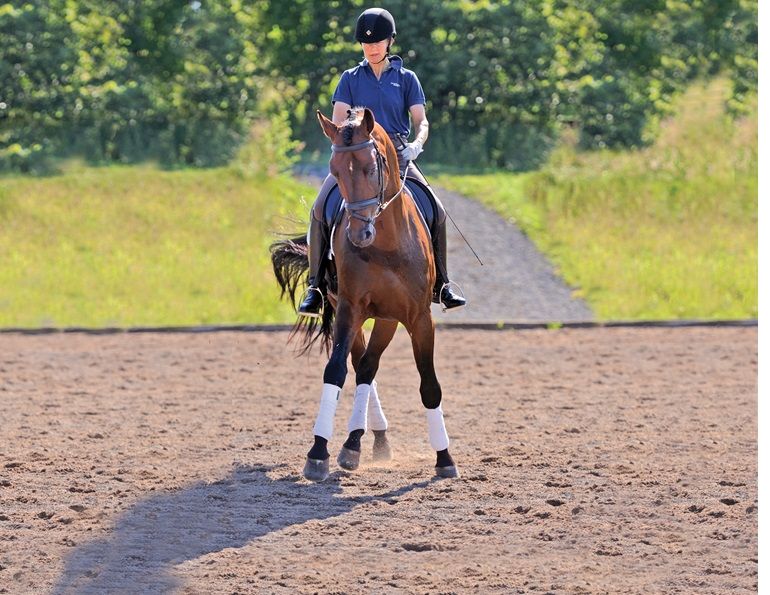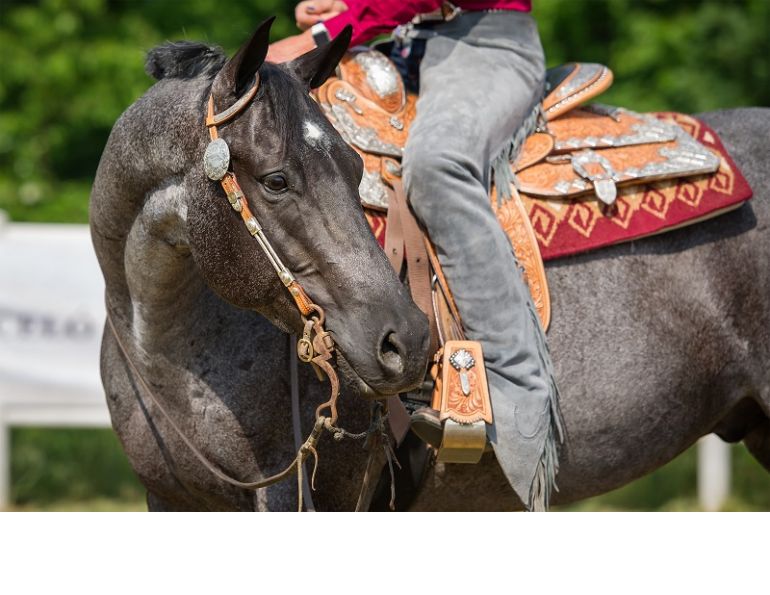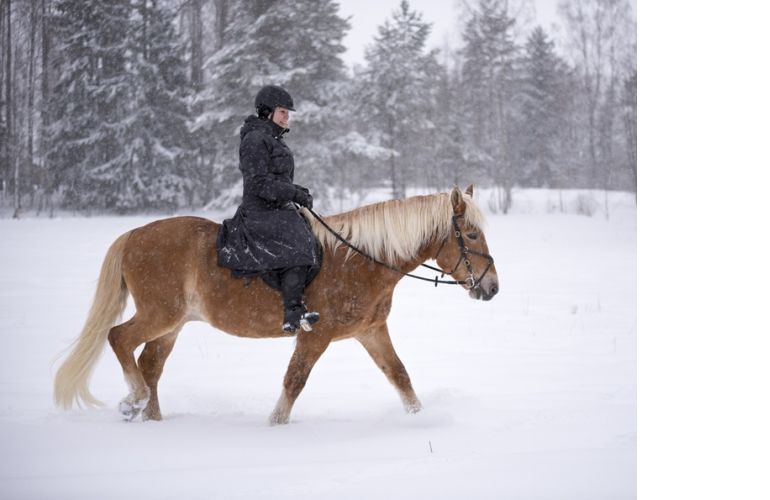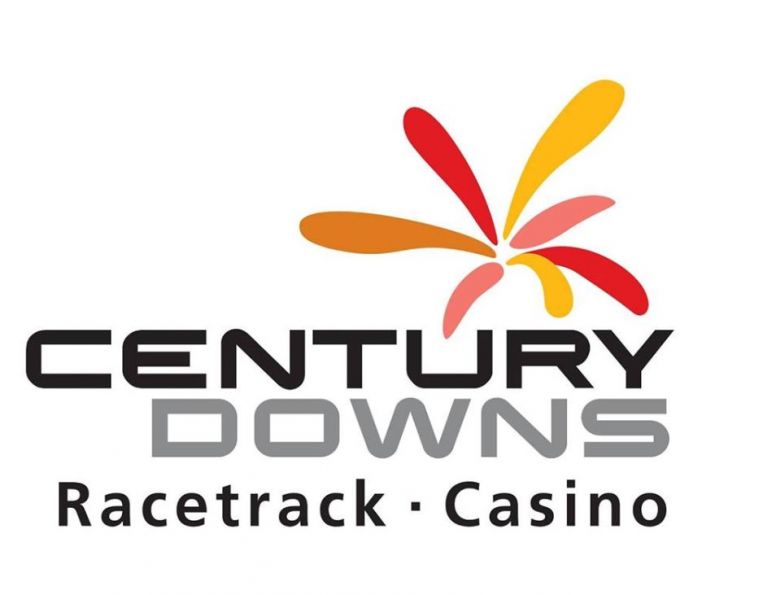By Tania Millen, BSc, MJ
Contact with a horse’s mouth via the bit is a generally accepted principle when riding or driving. But a horse’s mouth is incredibly sensitive and many riders around the world are successfully guiding their steeds without bits. Where did the idea of contact come from, what is it, and do riders really need contact with a horse’s mouth to convince their horse to perform?
“Dressage riders differentiate between contact and connection,” says Shannon Lee Dueck, who represented Canada at grand prix level for many years and is now based in Florida.
She explained that riders need to develop effective contact first, then as the horse becomes more advanced that contact morphs into connection.
“You can have contact without a good connection,” Dueck says. “But you cannot have a good connection without contact.”
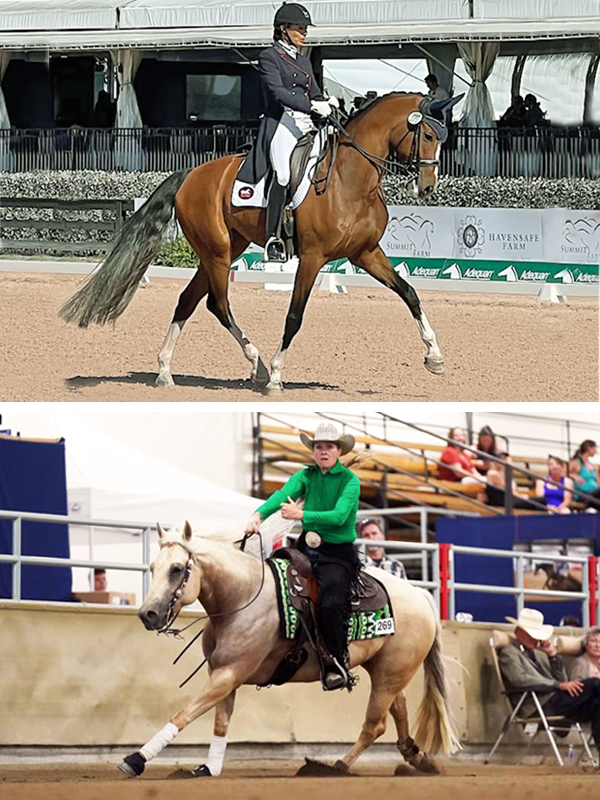
Shannon Lee Dueck (top), photo: Carolyn Luther; Amanda Self (bottom), photo: GK Photos
“What we’re trying to establish is that if you put your leg on, energy travels from the hind leg, over the back, over the neck, and connects with the bit,” says Dueck. “We need the horse to be confident that it can always go to the bit. The biggest challenges that riders have in developing contact is that the horse doesn’t go correctly forward from the leg.”
Dueck’s description of contact, connection, and how to acquire the two is embedded in the classical dressage training pyramid. Contact and connection form the middle layers of the pyramid, following rhythm, relaxation, and suppleness, and are needed to develop more advanced ideals of impulsion, straightness, and collection.
Contact is also embedded in the rules of several horse sports. According to the 2022 Fédération Equestre Internationale (FEI) dressage rules, the ideal dressage horse demonstrates “acceptance of the bit with submissiveness/throughness (Durchlässigkeit) without any tension or resistance.” They state that “In all the work, even at the halt, the horse must be ‘on the bit’ …accepting the bridle with a light and consistent soft submissive contact.”
Related - Horsemanship: Are You Riding on All Gears?
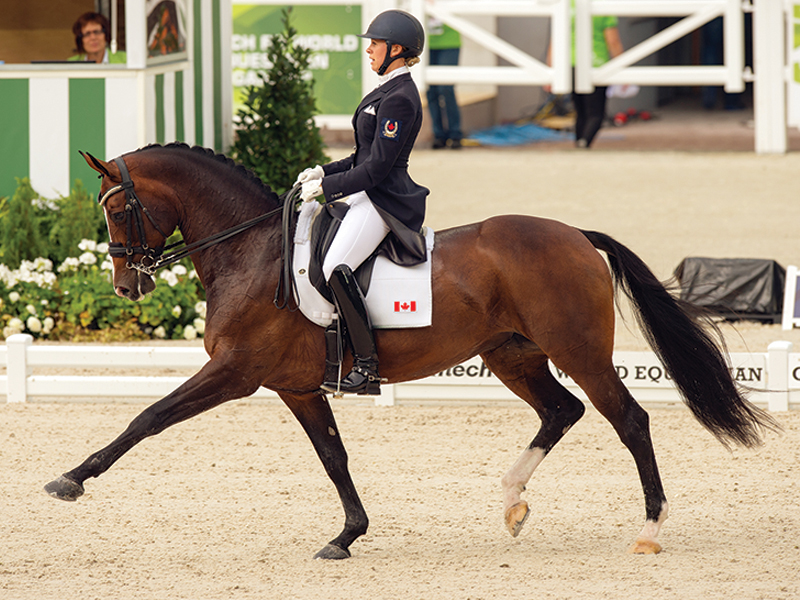
According to FEI dressage rules, the ideal dressage horse accepts the bridle with light and consistent soft submissive contact in all the work, even at the halt. Pictured is Megan Lane with Caravella at the World Equestrian Games (WEG) 2014 (above), and Steffen Peters with Ravel at the WEG 2010 (below). Photo: Clix Photography

The 2022 FEI driving rules for the dressage phase are similar. They define contact as “the connection through the reins between the athlete’s hands and the horse’s mouth. It should be soft and steady at all times.” Additionally, during all paces “the horse must remain on the bit.”
But other horse sports prefer different amounts of contact. Equestrian Canada’s 2019 rules for hunters state that in hunter-under-saddle classes, “Light contact with the mouth is permissible.”
The National Reining Horse Association (NRHA) rules don’t refer to contact. However, they state “To rein a horse is not only to guide him, but also to control his every movement. The best reined horse should be willingly guided or controlled with little or no apparent resistance and dictated to completely.”
“As reining horses become more highly trained, we try not to have direct contact with the reins,” says Amanda Self, an NRHA professional who operates Self Made Performance Horses in Salmon Arm, BC. Instead, reining horses are directed by the riders’ signals — seat, weight, legs, and upper body movements.
“We try to leave our hand down with loose reins,” she says. “It’s about the horse being so connected that riders can let go of the rein contact.”
Today’s myriad horse sports all have different preferences and ideals regarding contact with the horse’s mouth and those ideals have evolved over the last 2,500 years.
Related: The Science of Schooling Horses
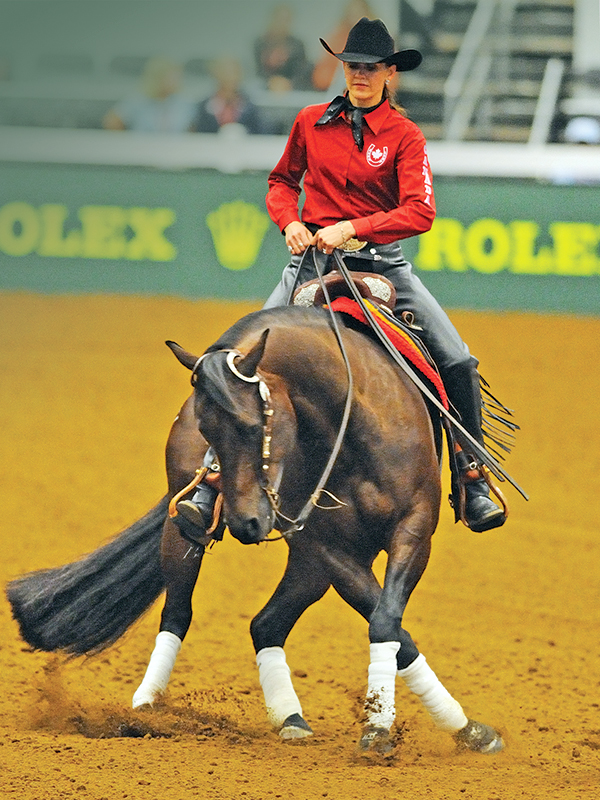
NRHA rules don’t refer to contact and reining horses are directed by the rider’s seat, weight, legs, and upper body movement, explains Amanda Self. Pictured is Shawna Sapergia and This Chics on Top at the World Equestrian Games 2010. Photo: Clix Photography
Early concepts of contact were directly linked to requirements of the military. Up until the early 1900s, horses were primarily ridden with curb bits. Reins were held in the left hand allowing riders to wield swords with their right.
In about 355 BC, Xenophon wrote about “refraining from pulling on the mouth with the bit” and “teaching your horse to go with a light hand on the bit.” However, many of the bits in Xenophon’s time were brutally sharp pieces of hardware that certainly wouldn’t encourage horses to seek the contact expected in dressage rings today.
The first written description of contact that I’ve come across was provided by François Robichon de La Guérinière in his book L'École de Cavalerie (The School of Horsemanship) which was published in 1731. He wrote, “contact is the feel produced by the action of the bridle in the rider’s hand and the action the rider’s hand produces on the bars of the horse’s mouth.” He further noted, “horses with the best mouths have a contact on the bit… they have a consistent, light, and moderate contact.”
Perhaps coincidentally, current definitions of correct contact for dressage horses include requirements to be “on the bit.” However, the curb bits in de La Guérinière’s era were fairly ferocious, suggesting that his version of contact may have felt significantly different from the contact dressage riders seek today.
Up until this time, illustrations show horses ridden with arched necks, lowered hindquarters, and loopy reins. But during the 1800s, two different schools of horsemanship developed — one relied on total control and dominance over the horse while the other emphasized going forward, often outside the arena over natural obstacles.
About 100 years ago, the first dressage principles were developed and today’s dressage ideals — including how contact is defined — originated with them. But the evolution of contact has been contentious and discussions about best practices continue today. Controversial rollkur methods — aggressive contact that produced over-flexed necks — tainted the dressage world from about 1990 to 2010. At the same time, natural horsemanship practitioners were choosing to ride “freestyle” with no contact in rope halters, as the Californian bridle horsemen had ridden for decades with bosals.
Related: Exploring Leg Yield with Jec Ballou
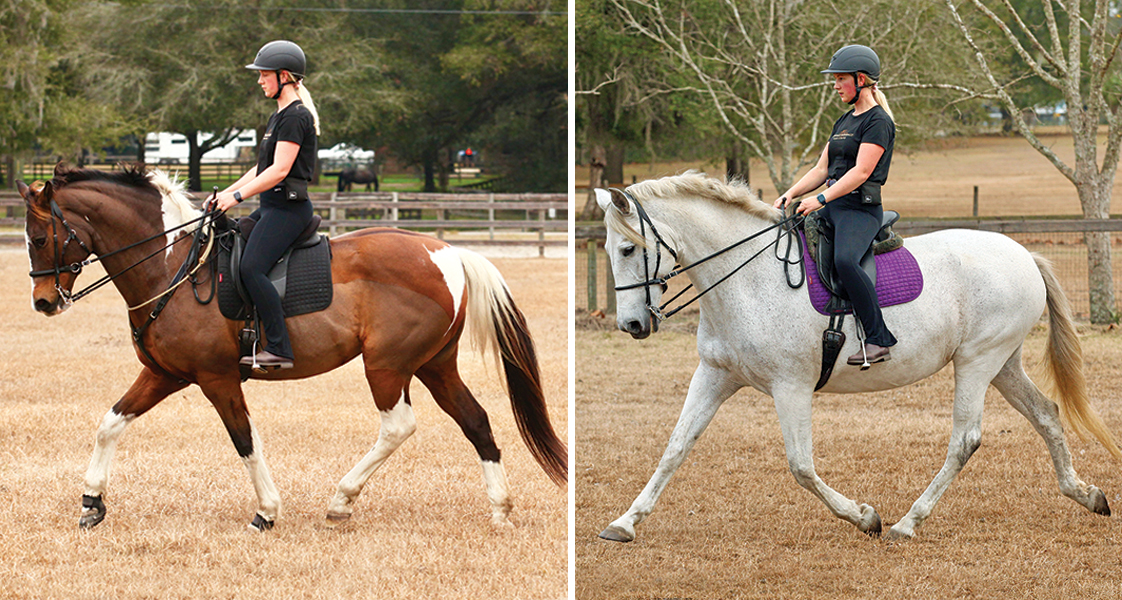
Michelle Young works with riders to develop an emotional connection with their horses using dressage-type principles. Photos: Dana Rasmussen
Michelle Young bridges those worlds. She’s an instructor based in Langley, BC who helps riders form an emotional connection with their horses through natural horsemanship methods while utilizing dressage-type principles. Young believes the reins have three purposes: subtle communication with the horse’s head and jaw, receiving information from the horse, and providing another point of connection beyond the rider’s seat and legs.
“Sometimes contact can feel like ‘taking,’” Young says. “I like to say connection because that means it’s 50:50 between the horse and rider. You’re sharing a connection, back and forth.
“It’s like you’re holding hands and dancing while in connection with the reins,” she explains. “Both partners know their role but it’s nothing to do with dominance. It’s just that (the rider) is leading.”
Young says a good connection requires a high level of awareness by the rider to not start holding and pulling and developing heavy contact.
“It feels like this place where the energy in the horse is flowing from back to front and there’s a shared space between me and the horse,” she says. “I’m in self carriage, they’re in self carriage, they’re not afraid of my hands, aren’t hiding behind them, and not leaning on them, either.”
It’s a lovely sounding ideal which many riders undoubtedly aspire to.
But from conversations with riders in different sports it’s obvious that contact is a human construct. Horses do not require bits in their mouths and a riders’ hands to perform complex manoeuvres. The requirement for contact (or not) depends on rider beliefs, the horse sport riders are involved in, and what they’re trying to achieve.
Related: What Are Corrective Exercises for Horses?
Main Photo: Riders need to develop effective contact, and the horse must be confident that he can always go on the bit. Credit: Adobestock/Annabell Gsodl







